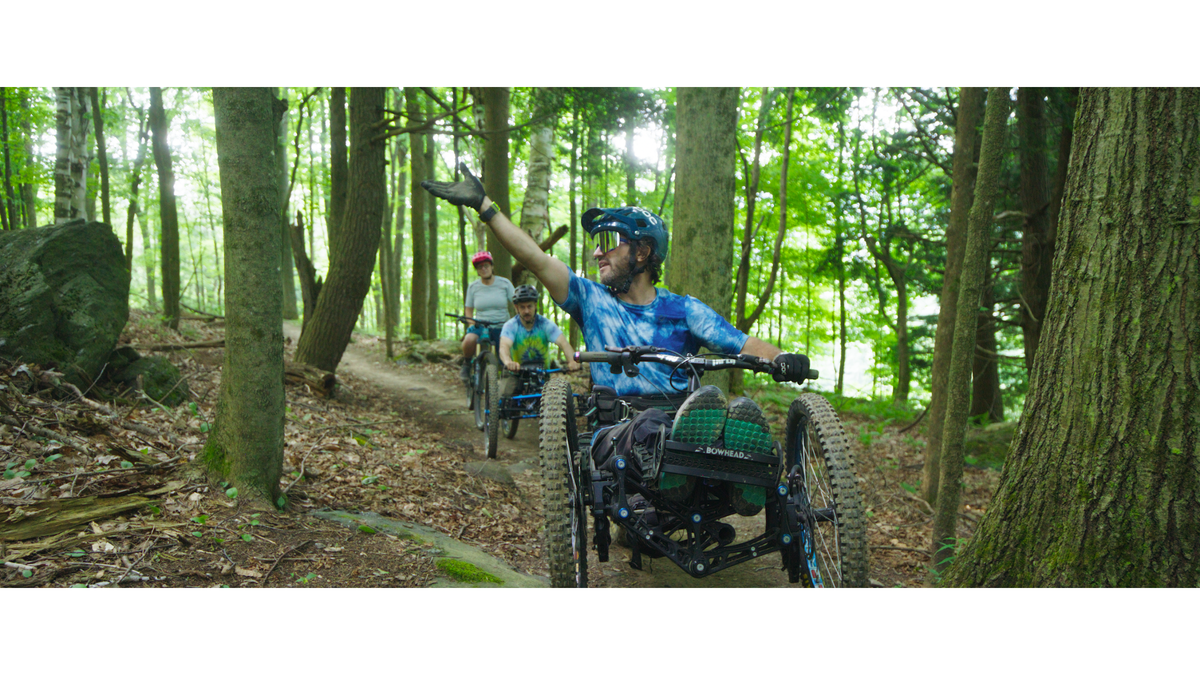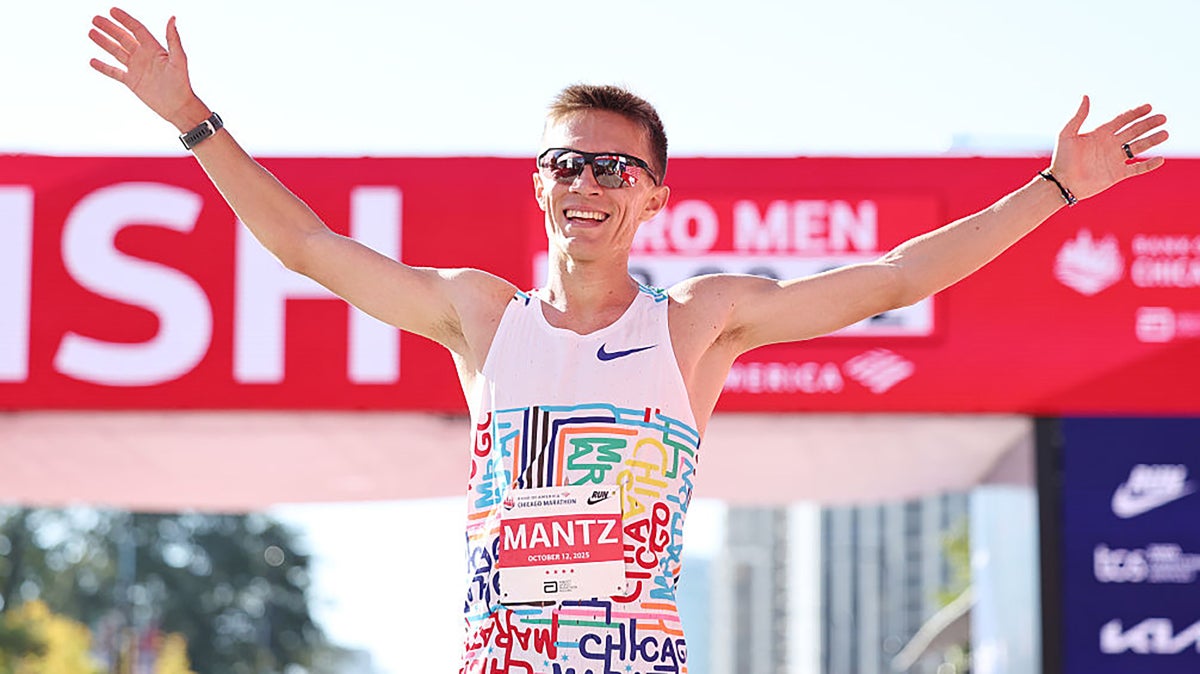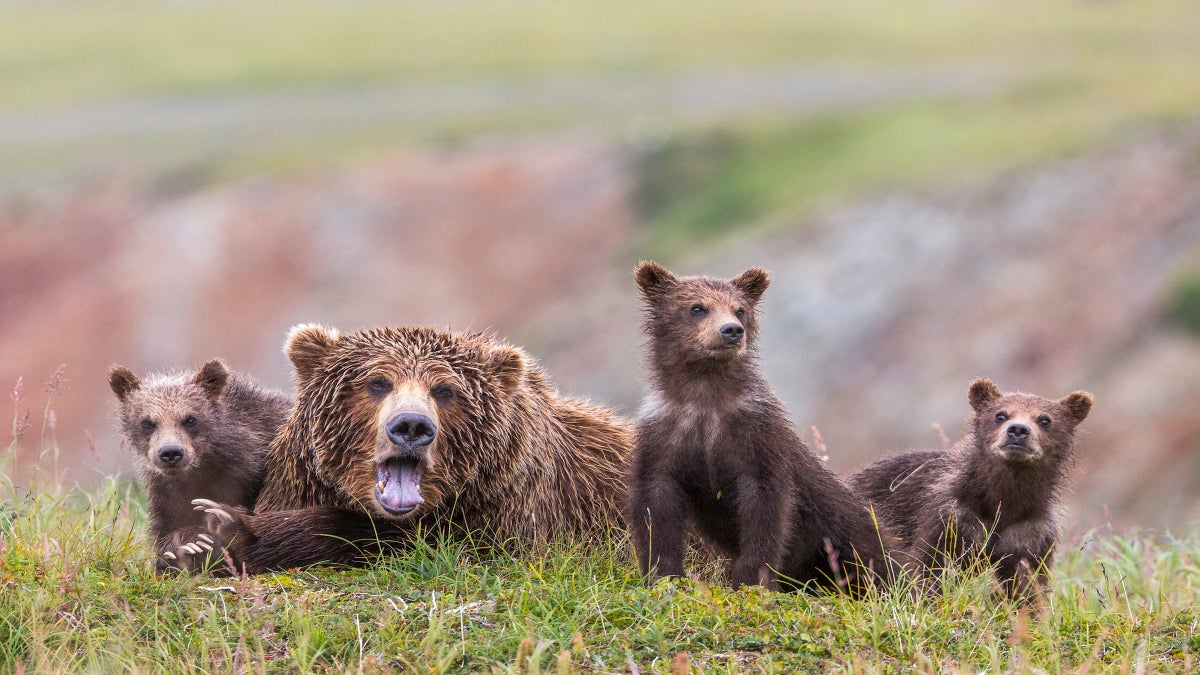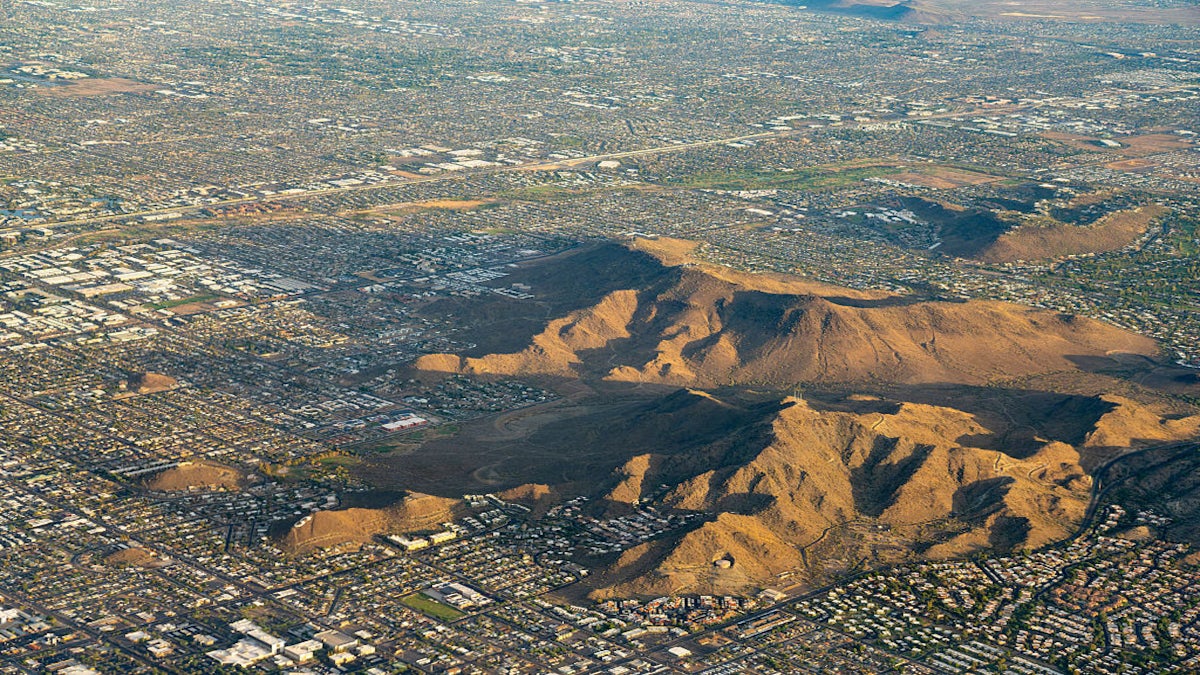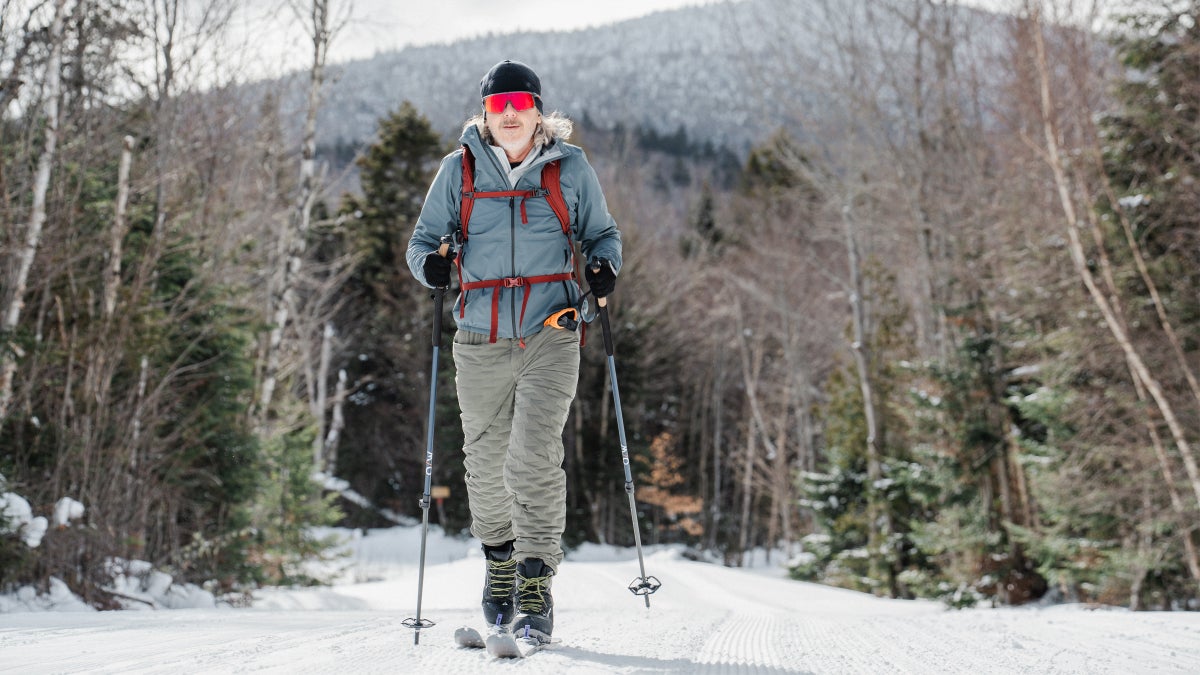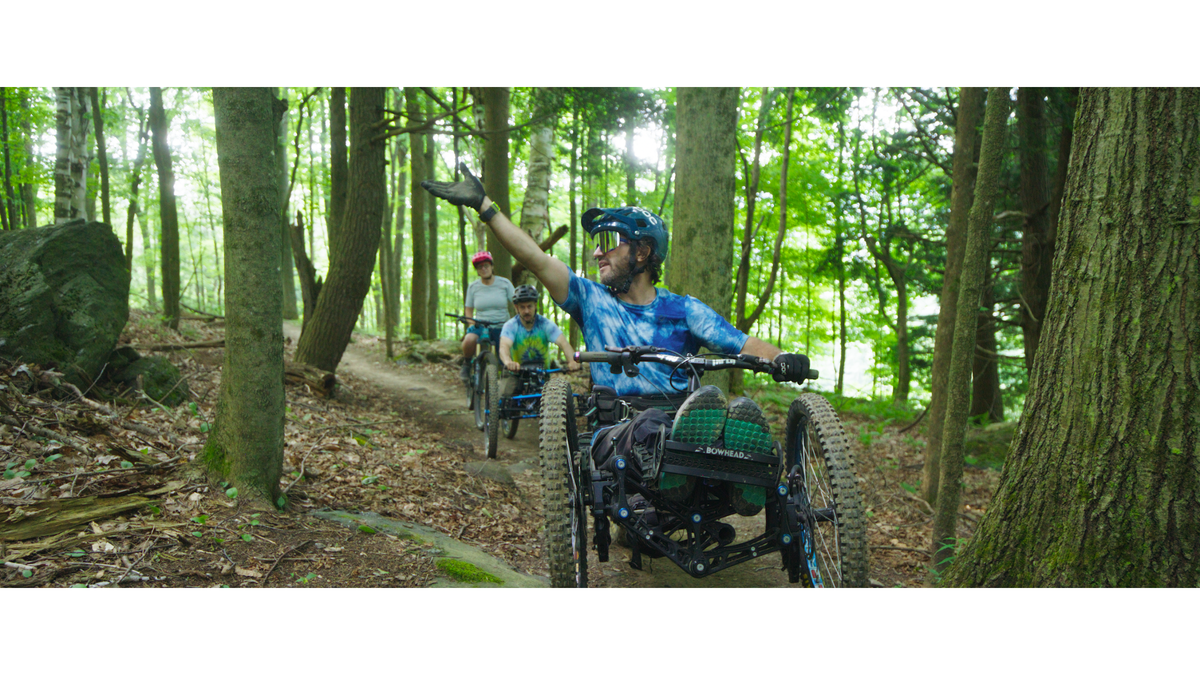
On May 13, 2022, ground was broken on the first adaptive trail network in the world. Now, you can watch the inspiring story of how it all came to be.
Best Day Ever follows the stories of adaptive mountain bikers Allie Bianchi, 26, and Greg Durso, 40, as they explore life after disability in a Green Mountains biking community.
The idea for the film was born the day Berne Broudy, president of Richmond Mountain Trails in Vermont, joined Greg and some of their friends for a ride. Berne recalls witnessing how difficult it was for Greg to ride fluidly like the rest of the crew. “This is so dumb,” she expresses in the film, watching him being carried across bridges too narrow for his bike. “There are so many problems in this world that aren’t solvable. We can solve this problem.”
Best Day Ever will tear at your core. It will inspire you to never put limitations on yourself or on others.
“It’s hard to understand, said Berne. “I think the inclination, as able-bodied people, is to feel bad for somebody who’s had an injury, but when somebody doesn’t feel bad for themselves, it changes your perspective.”
The film follows the completion of the Driving Range, now a fully adaptive network with intermediate to expert to pro-level trails, and Allie, on her first ride post-accident. Using an adaptive bike she received via a grant with help from Greg, who works as the senior director of programs at the Kelly Brush Foundation, Allie made the decision to revisit the trail feature where she injured her spine.
“I was told I’d be in a power chair my whole life,” she said, remembering the moment. “I basically told them ‘fuck you.’”
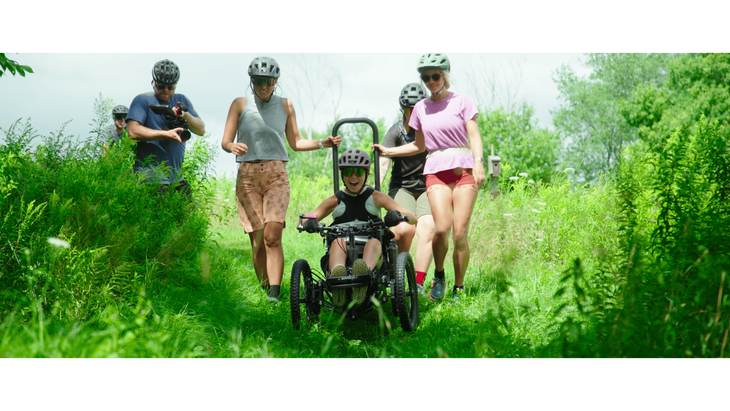
Catch the premiere of Best Day Ever at Heartland Film Festival on October 17 in Indianapolis, Indiana, the first of ten festivals showcasing the film.
The Driving Range Opens to the Public
After failed attempts to find a builder who could catch their vision, Berne and Greg linked up with Tom Lepesqueur of L&D Trailworks and got to work. “They said it wouldn’t be possible,” Berne told Outside, but Berne found folks willing to get to work. They took Greg out on the trails to help them identify problem areas and then to give the routes a final ride.
“It changed the way we were thinking about trails from there on out,” Lepesqueur says in the film. “In hindsight, there are many trails I’ve built in my career that could’ve been better for adaptive riders with not a heck of a lot more effort.”
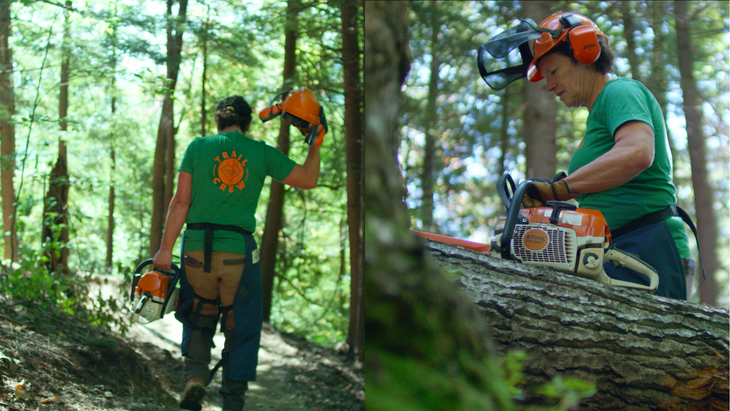
The Driving Range took a year to complete. Hundreds of volunteers helped get it open to the public by August 2023, and it remains free for all. Every Wednesday night, volunteers, able-bodied riders, and adaptive riders join to eat, drink, and ride. “It’s hard to get people to leave,” Berne shared with Outside. “I hope people will continue to come and experience it and use it as a model for trails in their community.”
When a trail is marked a black diamond, it’s actually black for all riders, able-bodied or disabled. “These trails are rocky, they’re hard, they’re challenging, and they’re fun to ride,” Rob Galloway, an adaptive mountain bike instructor says in the film.
And once you meet adaptive mountain bikers like Greg and Allie, “you recognize that they are more aggressive, more skilled, more capable, more passionate,” Bec Wojtecki, director of Richmond Mountain Trails shared. “You realize like ‘why do I have all these trails and they don’t?’”
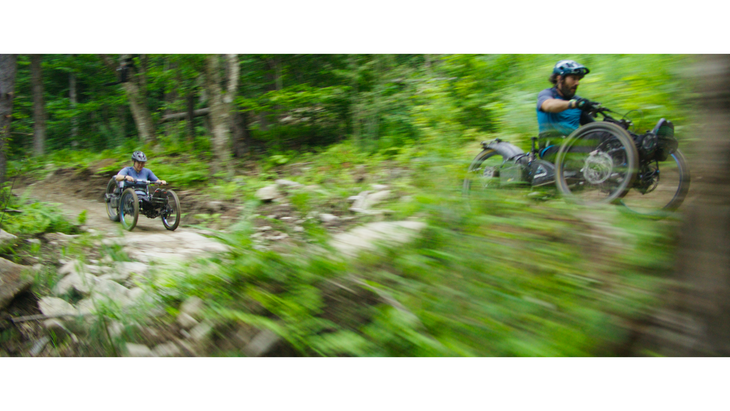
Greg has also helped launch a series of camps with the Kelly Brush Foundation to welcome anyone with a spinal cord injury who’s interested in adaptive mountain biking.
“I never would have thought adaptive mountain biking would be on my list,” Gretchen Dsouza, an adaptive rider who attended one of the camps, says in the film. “I’ve been in a chair for ten years, and I’m just now getting to do these things. It’s never too late.”
Allie, who doesn’t have the function of her hands or upper body, gave Outside a glimpse into how her bike works. “I have two, they’re called active hands, and I strap my hands basically onto the handlebars because I don’t have any grip. Then, on my right hand, I have a throttle pad that I use a wrist motion in my shoulder strength to kind of drop my elbow down and use that wrist. It allows the throttle to get the bike to go. With her left wrist, Allie pushes down on a bar that engages the brakes.
Allie is just getting started, but Greg has been at it for years now. He’s participated in the past two U.S. Opens for downhill mountain biking, has crossed the Ironman finish line, and so much more. “I have all of these amazing dreams because of this community,” Greg told Outside. “We have to push as hard as possible to make sure everybody has that, because they fucking deserve it.”
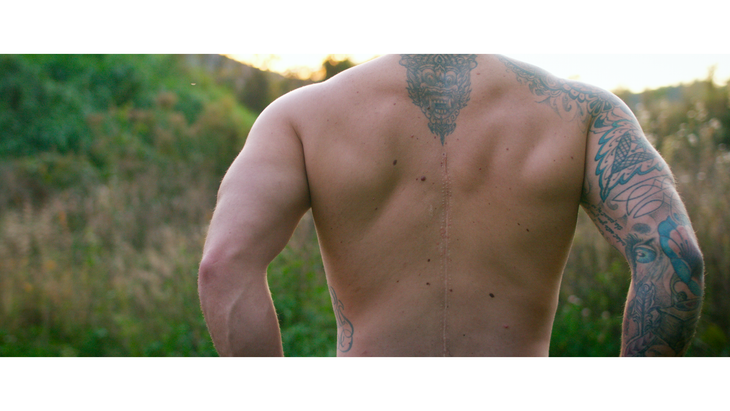
When we asked the crew about how the film got its name, Greg cut through the silence: “I say the day I got injured was probably the best day ever. It totally changed the trajectory of my life.”
“It can be hard to know how to do something positive. Well, we invite people to get involved with this work,” Berne shared.
Buy a ticket to watch the film, and help raise funds for adaptive athletes to get specialized equipment and trails. For a wheelchair user, a mountain bike isn’t just fun. It’s freedom.
The post The ‘Best Day Ever’ Film on Adaptive Mountain Biking Will Help You Dream Wilder appeared first on Outside Online.









